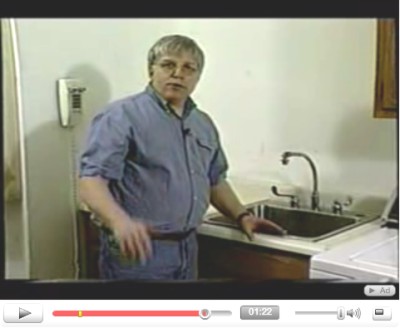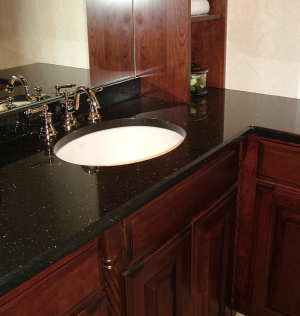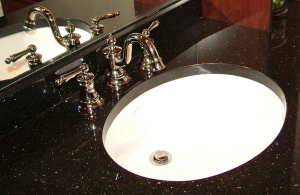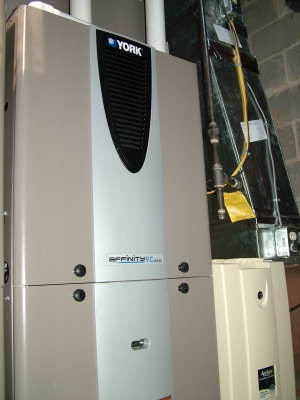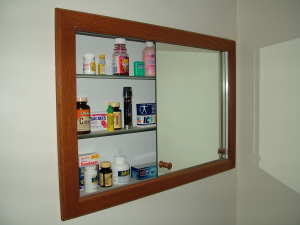Safety tip:
Turn off the power or circuit breaker feeding the wiring you are working on. Avoid electrocution.
Three-way switches allow you to control a light or lights from two different locations. The 3-way switch has three screws plus the ground screw. That is one more than the standard light switch. The black screw is an important one. If the wired are connected to the wrong screw, the 3-way circuit will not work.
In this example, the power comes into the first 3-way switch through a yellow wire. From that switch, there is an older white wire that happens to be 12-gauge wire, that is a little thicker than the other wires, that goes to the other switch. From the second switch, there is a yellow wire that goes to the light fixture. That is the basic wiring for this circuit.
Modern codes now require the outer covering on cables to be different colors so inspectors can see quickly what gauge wire is being used on a job. I happened to have an older partial roll of 12/3 wg cable in my basement that was made before the outer covering was required to be yellow.
Normal electrical wiring consists on of three wires - black, white and bare (ground). Wire for a 3-way circuit requires four wires - black, white, ground and red. The incoming power wire (yellow in this example) has the three wires. Between the switches, there is a white cable with the four colored wires. The white from the yellow and white cables get connected to each other with a wire nut. The sends the neutral directly to the light bulb. The black wires and the red wire connect to the switches.
The two ground wires are connected together and then connected to the grounding screw on the first switch.
The black wire from the circuit breaker panel gets attached to the black screw on the 3-way switch. The black and red wires from the white cable running between the switches get connected to either of the two brass screws on the switch.
On the other end, the two white wires are wire nutted together. One of the black wires gets attached to the brass screw. The red wire, running between the switches, gets connected to the other brass screw. The black screw has the black (common) wire that runs up to the light through the yellow cable. The two grounds are connected together and then to the green ground screw on the switch.
To summarize, the black screw gets either the wire from the electrical panel or the wire going to the light. The brass screws get the travelers hooked to them. Those were the black and red in this example. Be safe.


